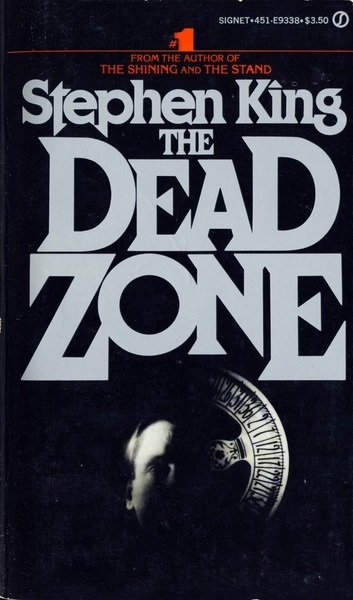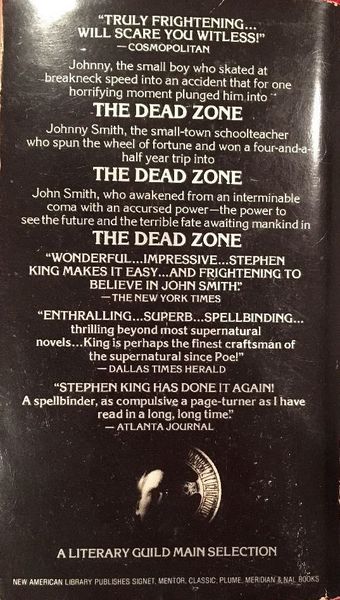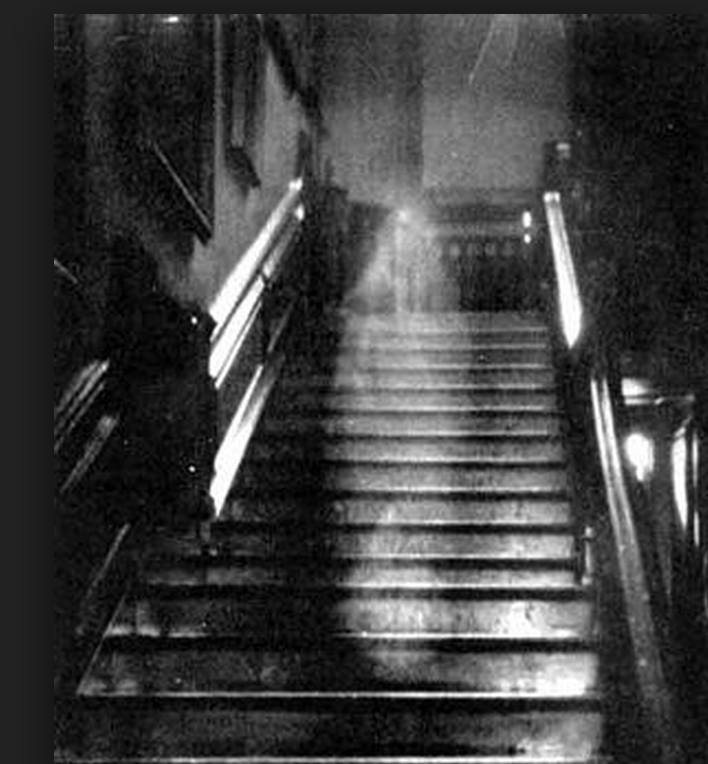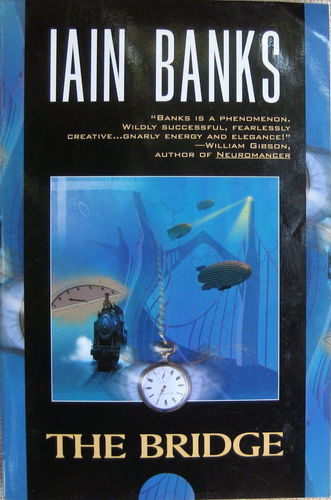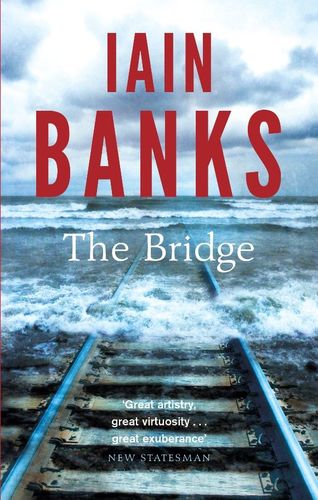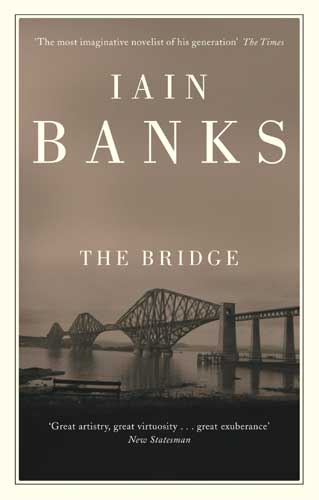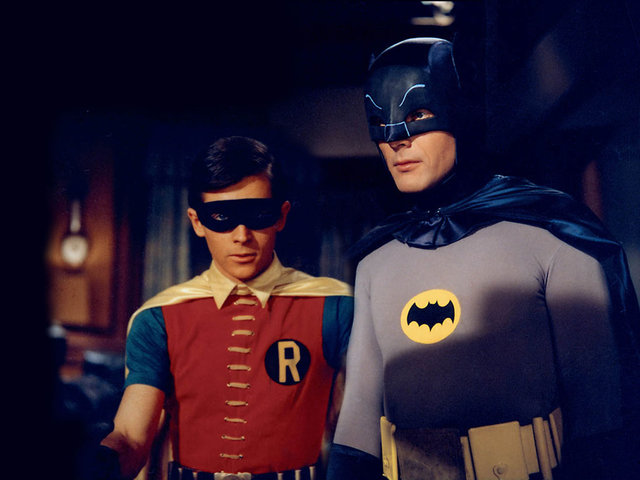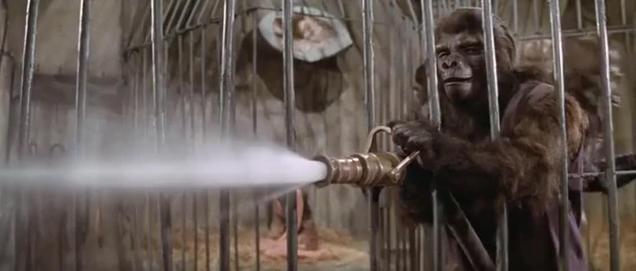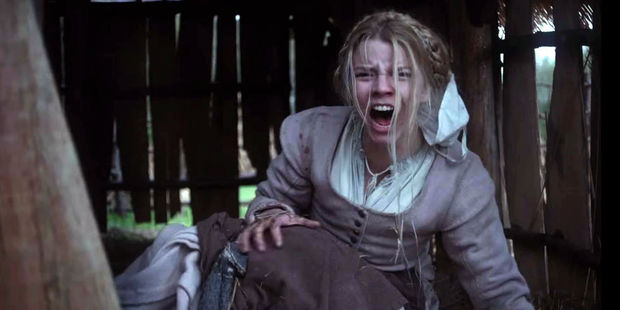Jerry Lewis (Julius Kelp, Buddy Love), March 16, 1926 – August 20, 2017
The book has finally closed on the eight decade long career of Jerry Lewis, the American actor, comedian, and filmmaker, who died on Sunday, August 20th, at the age of ninety one. Jerry Lewis is one of those colossal, divisive figures like Lenin, Mao, or Meryl Streep; few people are noncommittal about him. Ever since he shrieked and jerked his way into the public consciousness with his partner Dean Martin, first in nightclubs and on radio, then in a series of highly successful movies, and finally, after an acrimonious split with Martin, on his own as an actor and director, the standard responses have been either overboard adoration or utter loathing, a split that even effects entire nationalities — the French have a much snickered-at (at least among Americans) reputation for their extreme and almost universal love of Lewis, while Swedes and all other Scandinavians can’t stand him. (I made that last part up, but it’s probably true.)
This might be of only passing interest to Black Gate readers, except for one thing. In 1963, Lewis co-wrote (with Bill Richmond), directed, and starred in what is arguably the best version of that much-filmed classic of dark fantasy, Robert Louis Stevenson’s The Strange Case of Dr. Jekyll and Mr. Hyde. Lewis altered the title even more than most adapters do, calling his movie The Nutty Professor, and that’s not all he altered.


